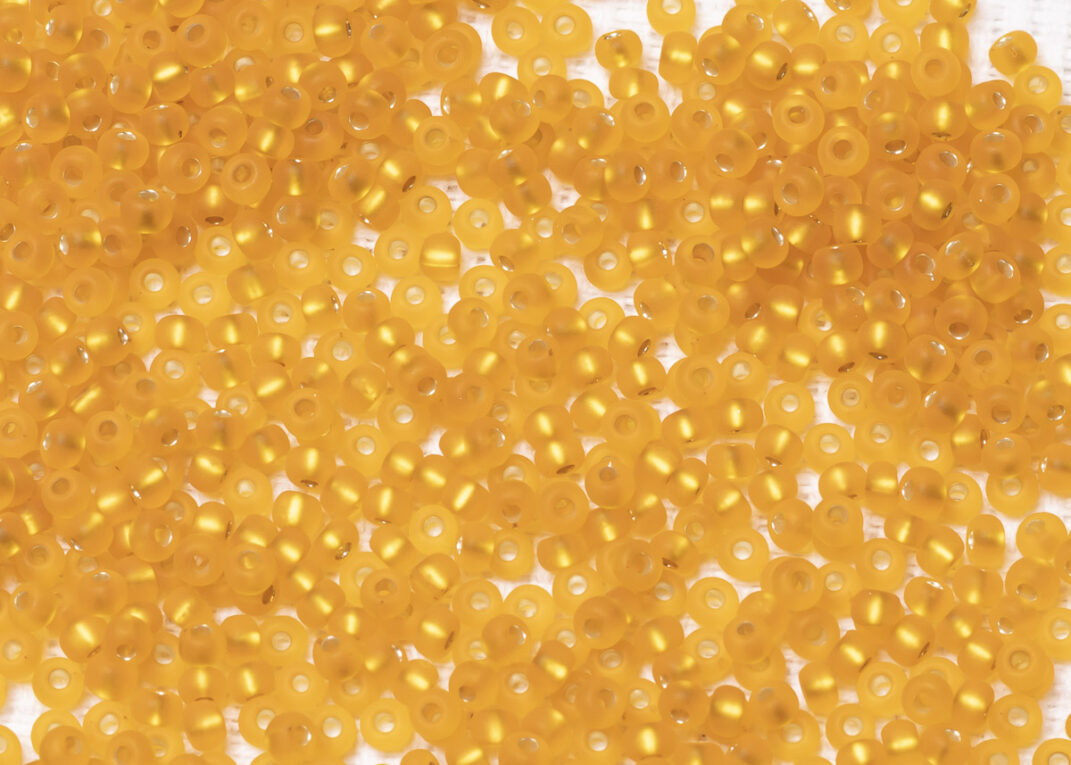Phenolic resins, also known as phenol-formaldehyde resins, are synthetic polymers that are produced from the reaction of phenol or substituted phenol with formaldehyde. They were first developed in the early 20th century and are still widely used today due to their excellent heat resistance, good mechanical properties, and reasonable price point.
Chemical Structure and Production
At the molecular level, phenol-formaldehyde resins are formed through a condensation reaction where phenol and formaldehyde molecules bond together in chains or rings. Depending on the production process, the structure can range from short chains to long chains to complex cross-linked networks.
The standard production method involves alkaline catalysis, where phenol and formaldehyde are mixed in the presence of a basic catalyst like sodium hydroxide. The catalyst promotes the addition reaction, slowly building up the resin structure. Heat is applied to drive the reaction to completion. Other production methods include acid catalysis and oxidative coupling. Modern processes allow for careful control of reaction conditions to produce resins tailored for specific end applications.
Properties and Characteristics
Phenolic resins have a number of properties that make them useful as structural and engineering materials:
– Heat resistance – It can withstand temperatures up to 250°F without significant degradation. Their cross-linked structure provides dimensional stability at high temperatures.
– Electrical properties – Phenol-Formaldehyde resins are electrically insulating with excellent dielectric properties. They do not readily conduct electricity or generate static charges.
– Moldability – Semi-cured phenol-formaldehyde resins can be molded and formed into complex shapes using compression and transfer molding techniques.
– Adhesion – Phenolic Resins strongly bond to various materials like wood, paper, fiberglass, and ceramics through mechanical interlocking and chemical adhesion between groups on their surface.
– Mechanical properties – Phenol-Formaldehyde resins are fairly rigid and hard with good compressive and tensile strength. They resist impact and withstand heavy loads relative to their weight.
– Chemical resistance – Phenol-Formaldehyde resins are resistant to alkalis, weak acids, hydrocarbon solvents, and aqueous solutions. However, they are not stable in strong acids or oxidizing solutions.
Common Applications
Due to their beneficial properties, phenol-formaldehyde resins find wide use in many applications:
– Laminates and printed circuit boards – Phenolic laminates are used for electrical insulation in applications requiring heat resistance like stoves, cookware, and circuit boards.
– Friction materials – Phenol-Formaldehyde resins are used as binders in the production of brake pads and linings, clutch facings, and other automotive friction components.
– Construction materials – Phenol-Formaldehyde resins are formulated into molding compounds used for non-load-bearing architectural applications like wall panels and bathtubs.
– Insulation – Phenolic foam insulation has high thermal insulation values and is used to insulate pipes, ducts, ovens, freezers, and refrigerated trucks.
– Abrasives – Phenol-Formaldehyde resins bonded grinding wheels and abrasive belts efficiently grind and polish metals and delicate surfaces like gemstones.
– Wood composites – Particleboard, fiberboard, and plywood use phenolic resin adhesives/binders that resist heat, moisture and decomposition better than urea-formaldehyde.
Future Directions
Research continues to develop new Phenolic Resins formulations and production methods to enhance properties and lower costs. Nanotechnology may be utilized to reinforce phenolic polymer networks for high performance applications. Biobased phenols from lignin are also being investigated as renewable substitutes for petroleum-based phenol. Overall, phenol-formaldehyde resins maintain relevance due to their unique balance of properties and wide versatility. They remain an important classic thermoset plastic with solid continued uses.
*Note:
1. Source: Coherent Market Insights, Public sources, Desk research
2. We have leveraged AI tools to mine information and compile it
About Author – Ravina Pandya
Ravina Pandya,a content writer, has a strong foothold in the market research industry. She specializes in writing well-researched articles from different industries, including food and beverages, information and technology, healthcare, chemicals and materials, etc. With an MBA in E-commerce, she has expertise in SEO-optimized content that resonates with industry professionals. LinkedIn Profile


